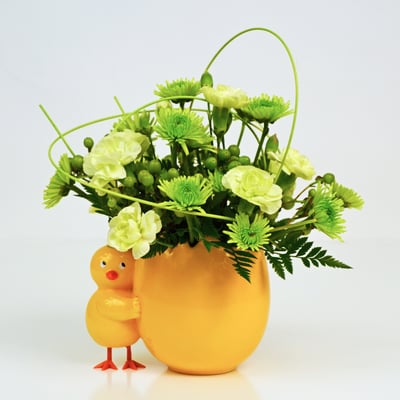
"May your thoughts be as glad as the shamrocks. May your heart be as light as a song. May each day bring you bright, happy hours. That stay with you all the year long."
March is the time of things going green! I'm not talking about recycling unless we're talking in terms of joining Ireland in celebrating their patron saint, St. Patrick, on March 17th. It's a time of happiness, joy, comraderie, and all things green including the White House fountain. Ever wonder why March 17th was delegated for St. Patrick? Why do we wear green? What are popular traditions? Let's check out the history together!
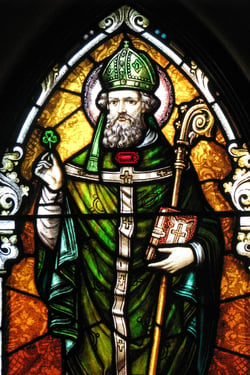
Feast of St. Patrick
In Irish: Lá Fhéile Pádraig, "the Day of the Festival of Patrick", is a religious and cultural celebration on the death date, March 17, of the most well-known patron saint of Ireland, St. Patrick. Okay...So who is he? Patrick's birth origin is believed to be in Roman Britain on March 17, (around)390 AD, with the name Maewyn Succat. He was kidnapped as a child by pirates, sold to slavery and sent to tend sheep on Slemish mountain, Co Antrim, Ireland. During his six year stint he "found God" and dreamt God told him to go to the shore where there would be a ship waiting to take him home. Patrick escaped and was believed to have met up with his parents and then went on to become a priest. He answered God's call to return to Ireland and spent over twenty years converting people to Christianity; setting up churches and schools; developed a native clergy; cultivated the growth of monasticism, established dioceses, and held church councils. After many years of service, St. Patrick died on March 17th, 493. (Disputed) Some of the legends associated with St. Patrick include the use of a shamrock to explain the Holy Trinity and driving all the venomous snakes in Ireland to the sea with a curse from God.
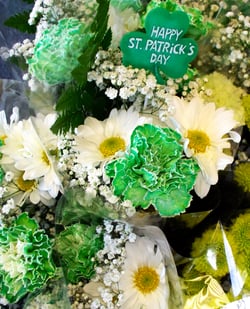
Celebrations
Sounds like St. Patrick did many things for the folks of Ireland is it any wonder they wanted to celebrate his life? The Roman Catholics started the holiday in honor of their patron saint but the day has grown in popularity and eventually turned into a secular celebration of Irish culture and tradition. Traditional St. Patrick's Day celebrations began as church services, banquets, and dances and more commonly parades and festivals. In relation to church services, Lenten restrictions of eating and drinking alcohol are lifted for the day. There is also "Irish Language Week", during the week of St. Patrick where more effort is made to use the Irish Language. I had assumed St. Patrick's Day parades started over in Ireland but actually they began in North American around the 18th century and made it over to Ireland by the 20th century. Donning the color green and shamrocks is popular everywhere, including local rivers, canals and beverages.
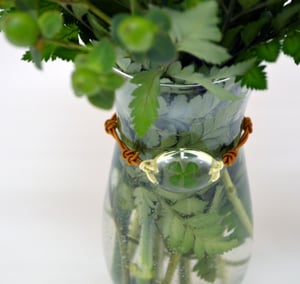 Shamrocks and Going Green
Shamrocks and Going Green
Why all the green and shamrocks? It was said that St. Patrick used shamrocks to illustrate examples of the Holy Trinity. The three leaves symbolize the Father, Son, and Holy Spirit. Shamrock was also associated with the earth and assumed by druids to be symbolic of the regenerative powers of nature. Whatever the reason, today you may hear terms such as "wetting the shamrock" which means going out for a drink to celebrate St. Patrick's Day. While "drowning the shamrock" with a pint of beer you may notice your beverage of choice is green for the day. Green symbolizes hope, growth, rebirth, and all good things. The color was prominent in the 1600s during a short period of Confederate Ireland when Catholic noblemen and clergy took control of most of the country. Later on in the 19th century, green returned to represent the rise of Irish nationalism and republicanism in the 19th century. Most likely the color green was chosen to set Ireland apart from the traditional colors of red and blue associated with the United Kingdom. Hmm...there's some green eggs and ham for thought! Irish pride or simply St. Patrick's Day celebrating; sporting a shamrock or rockin' some green is a great choice on March 17th, especially if you don't want to get pinched!
Legends of St. Patrick, stories of shamrocks and why we wear green; these are just a few of the traditions and icons surrounding St. Patrick's Day. We covered leprechauns right here and will certainly have more to explore another time. Till then, have a safe and happy St. Patrick's Day!
Click below to add refreshing colors of green and springtime to your home, office, and more!


 “A leprechaun, a cluricaun, and a far darrig…”
“A leprechaun, a cluricaun, and a far darrig…” 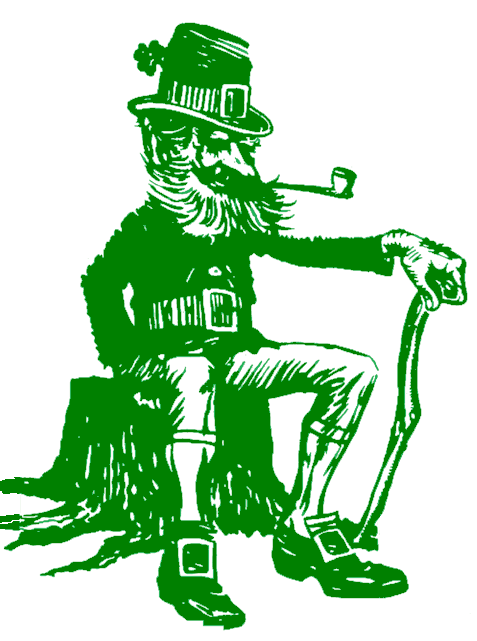
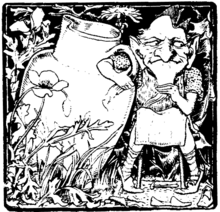

 The small, magical, mischievous and well dressed Leprechaun seems to be the spokesperson for his relatives here in the states, and I think we now know why! What does he have to do with St. Patricks day? Absolutely nothing until Walt Disney released a film "Darby O'Gill & the Little People" which changed the face of the Leprechaun to Americans everywhere. He is now a happy, joyful, and lucky symbol for St. Patrick's Day.
The small, magical, mischievous and well dressed Leprechaun seems to be the spokesperson for his relatives here in the states, and I think we now know why! What does he have to do with St. Patricks day? Absolutely nothing until Walt Disney released a film "Darby O'Gill & the Little People" which changed the face of the Leprechaun to Americans everywhere. He is now a happy, joyful, and lucky symbol for St. Patrick's Day. 